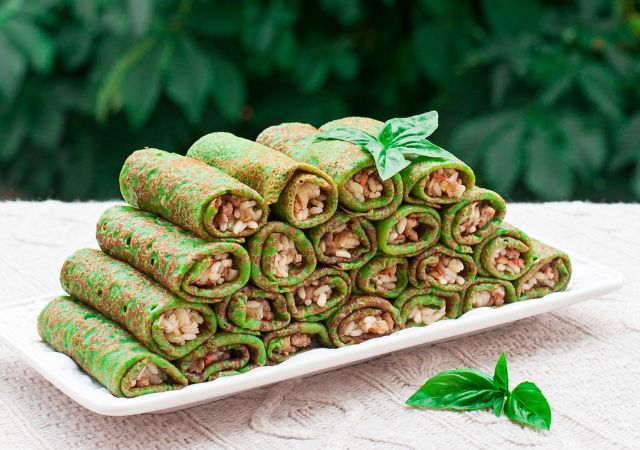
As someone with Diabetes, the main dietary element you are trying to control is your sugar intake. While other health factors like weight gain can play a role in how well you manage your Diabetes, watching your glucose levels is a daily battle.
Contents
Just because your sugar content has to be restricted does not mean you can never have something sweet again. The name of the game is moderation and knowing what foods to choose or avoid is crucial in managing your Diabetes.
One health trend we are seeing in the industry is the growing use of Agave syrup. Agave syrup is a natural sweetener that is cruelty-free and a great substitute for honey, sugar, and other sweeteners. While many are flocking to Agave syrup because of its subtle and unique flavors while also being vegan, people with Diabetes may want to approach it with caution. Let us break down what Agave is and how you should use this sweetener, if at all.
What is the Agave Plant?
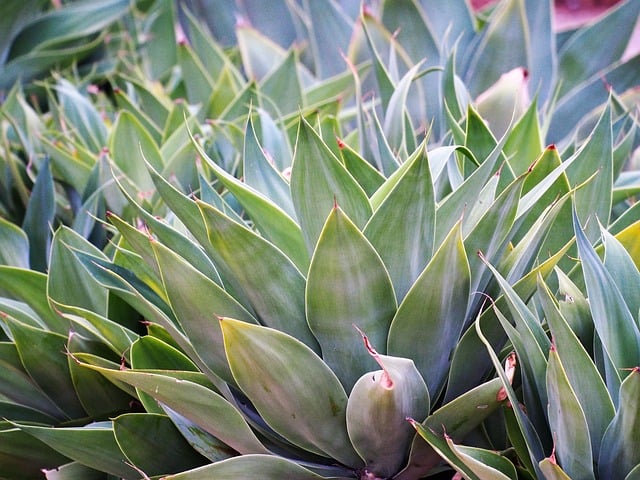
The agave plant is grown in deserts mainly in the South of the U.S. and throughout Latin America.
Agave has been a staple in indigenous cultures throughout Latin America, especially in Mexico, for hundreds if not, thousands of years. The agave plant is believed to have been used for its medicinal properties as well as the basis for alcoholic drinks like Mezcal and Tequila. Along with these other uses, a common use for agave has always been to boil down its sap to create a syrup.
While agave has a long cultural history of being used in cooking and medical practices, experts say the modern-day processing and refining practices can strip the health benefits from the original plant. This leads many to believe that not all the hype is well-earned.
How is Agave Syrup Made?
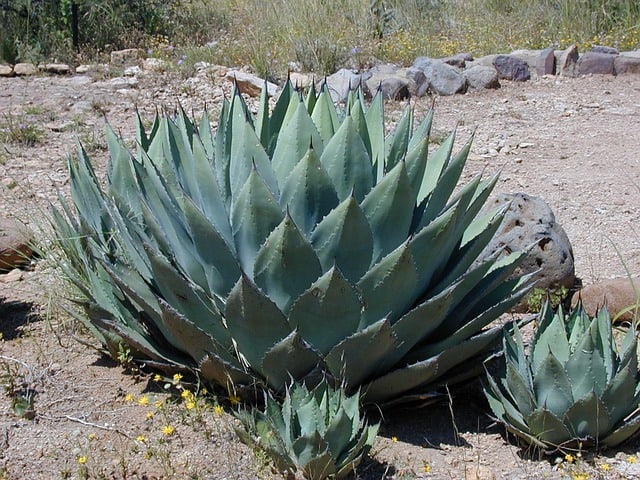
While some brands try to get away from the sugary label by calling agave syrup, “Agave Nectar”, make no mistake, this is a syrup. To make agave syrup, the plant is first cut and pressed to extract the sugary sap. This part of the process is identical to the traditional ways of harvesting the plant.
The raw sap that is collected contains healthy fiber like fructans , which have been shown to be beneficial for a person’s metabolism and insulin levels. However, these effects are minimal to the impact sugar has on diabetics.
From this point, the agave sap enters a less traditional processing phase. The raw sap is treated with enzymes and heated to a point where the fructans are broken down into fructose. This process is quite similar to how other sweeteners like high fructose corn syrup are made because all of the health-promoting properties of the raw agave sap are destroyed.
While not as common as agave syrup, raw unprocessed agave syrup (similar to raw unfiltered honey) is arguably better for you but harder to find.
At the end of the day, agave syrup is essentially another sugary syrup with the modern version being stripped of any health benefits. While it is still a great alternative if you’re vegan or looking for a more natural and organic product, the manufacturer claims about agave syrup’s health benefits are likely just a marketing ploy.
Agave Syrup and Blood Sugar Levels

One important metric to consider with food is the Glycemic Index (GI). The GI measures how fast the sugar from a certain food or drink enters the bloodstream.
For Diabetics, avoiding foods with a higher GI is the safe choice, unless it’s a special treat or you need to get sugar into your bloodstream fast. The reason being is that foods with a greater GI cause greater blood sugar spikes and can impact your health in a negative way.
One place that agave syrup shows benefits for Diabetics is that agave syrup is high in fructose and not glucose. While both are common sweetening agents in food, fructose has been shown to have a lower GI than glucose. This means that in the short-term, fructose will raise your blood sugar levels at a lower rate.
When you see diabetic or healthy sweeteners, it’s usually because they contain fructose and not glucose. So, while the effect on your blood sugar content is about the same, your blood sugar levels are more easily maintained when eating sweet treats with fructose in them.
Agave sap is high in fructose and low in glucose, meaning that agave syrup and agave products have a lower GI than glucose-sweetened products. When agave syrup is compared to regular sugar, there is little doubt that it is better for diabetics in the short term due to its lower GI.
While this might be counted as a small win, the high amounts of fructose can lead to other issues. However, if you’re main concern is managing your blood sugar levels in the near term, then agave syrup is a good alternative to start with.
What the High Levels of Fructose in Agave Syrup Mean

As outlined above, agave syrup is often described as a healthier or diabetic-friendly sweetener because of its low GI levels due to its prevalence of fructose rather than glucose. While glucose and fructose are both sweetening agents in food, their effects on the human body are somewhat different.
Glucose is an essential molecule for a healthy body. That is why glucose is naturally found in all sorts of healthy foods, including fruits and vegetables. It is also why your body naturally produces glucose. In the human body, all living cells are known to harbor glucose for energy because it is vital to life.
While every human cell is essentially trained to break down glucose, only the liver in the human body can break down fructose in significant amounts. When you consume high amounts of fructose, your liver is put into overdrive, which can wreak havoc on your system. Over-consuming fructose can lead to problems as insulin resistance, heart disease, metabolic syndrome, and type 2 diabetes.
These negative health effects can happen because when the liver is overworked, the fructose turns into fat, which in turn raises the level of blood triglycerides. Many researchers believe that some of this fat can become stuck in your liver, leading to fatty liver disease.
These effects can lead to major increases in long-term blood sugar and insulin levels, raising the risk of metabolic syndrome and worsening the effects of diabetes. Further, consuming large amounts of fructose can increase your levels of bad cholesterol (LDL) and lead to weight gain.
So, when it comes to Agave Syrup, it is advisable to approach this sugary sweetener with some caution. About 85% of agave syrup is made of fructose, which is much higher than regular table sugar.
Like many sugary treats for diabetics, the key is going to be moderation. Agave syrup offers some real advantages in the short term. However, because of the harm that high fructose consumption can have with prolonged use, we urge that diabetics remain cautious with its use.
Should Diabetics Use Agave Syrup?
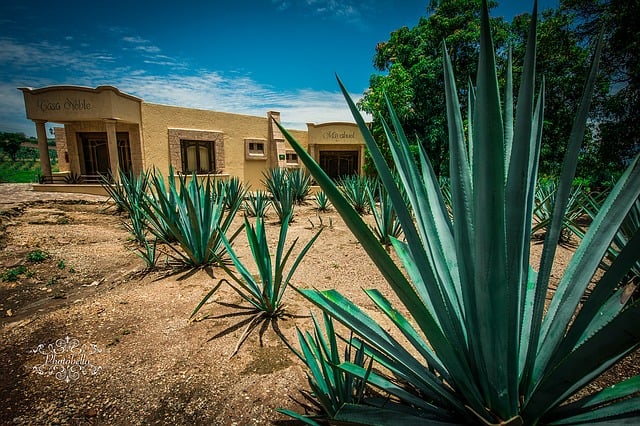
While every person’s body is unique, and their relationship with diabetes is different as well, diabetics should treat agave syrup like any other sweetener, with caution.
In the short term, agave syrup can have a milder effect on blood sugar levels due to its lower GI measures. So, if you’re worried about your blood sugar levels that day and still want something sweet, a little agave syrup might be a good alternative.
However, agave syrup is incredibly high in fructose. This fact alone leads many experts to worry about its prolonged use, especially with diabetics. The increased risks of weight gain, heart disease, and type 2 diabetes for those who don’t already have diabetes, are concerning.
When it comes to using agave syrup, use it in moderation, especially at first. When consuming new sugary foods, it’s always best for diabetics to keep a close eye on their blood sugar levels and monitor their health.
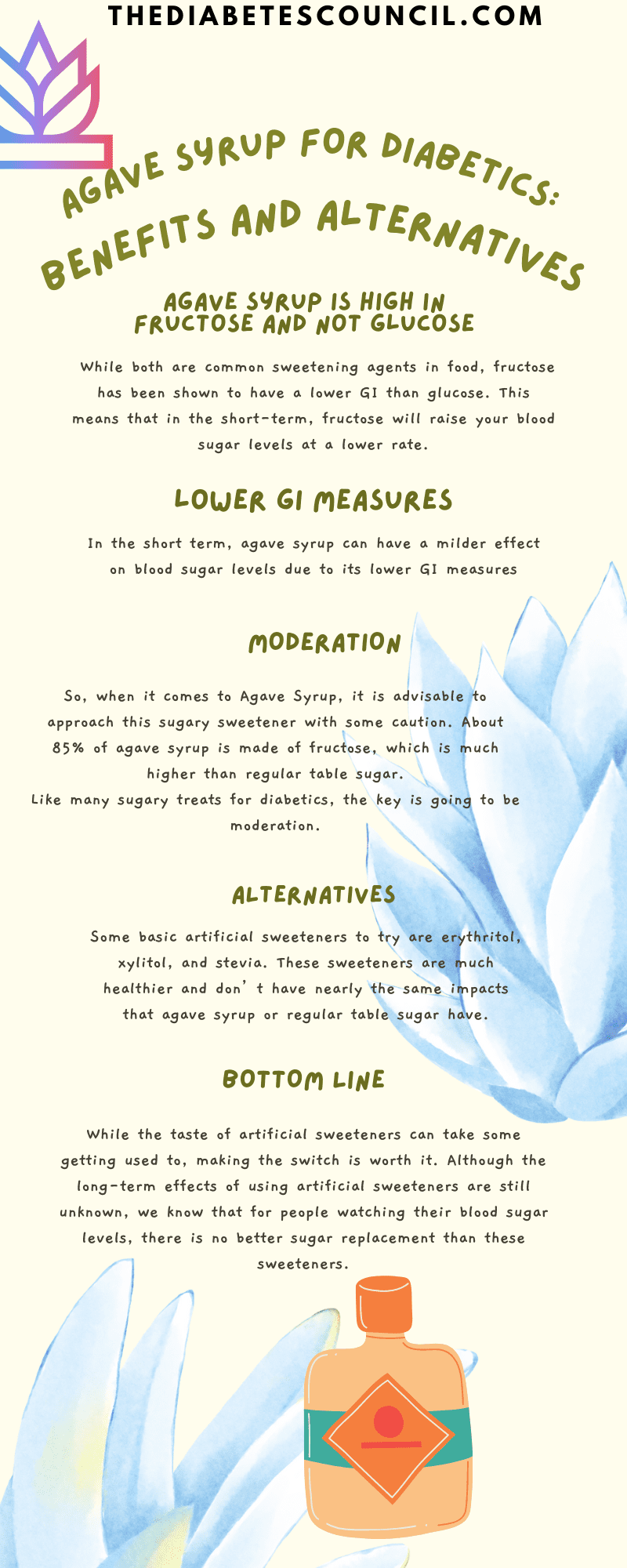
What are some Agave Syrup Alternatives?

There are plenty of sweetener alternatives for agave syrup. Many people flock to agave syrup because it is less processed and cruelty-free. While artificial sweeteners by their nature are not natural or organic, there are some great alternatives that are vegan, unlike honey.
Some basic artificial sweeteners to try are erythritol, xylitol, and stevia. These sweeteners are much healthier and don’t have nearly the same impacts that agave syrup or regular table sugar have.
The great thing about these sweeteners is that you can find them in multiple forms. For instance, stevia comes in a raw form, refined form, and liquid form. This means that you can replace the sugar in everything from baked goods to coffee drinks with a form of stevia.
While the taste of artificial sweeteners can take some getting used to, making the switch is worth it. Although the long-term effects of using artificial sweeteners are still unknown, we know that for people watching their blood sugar levels, there is no better sugar replacement than these sweeteners.





